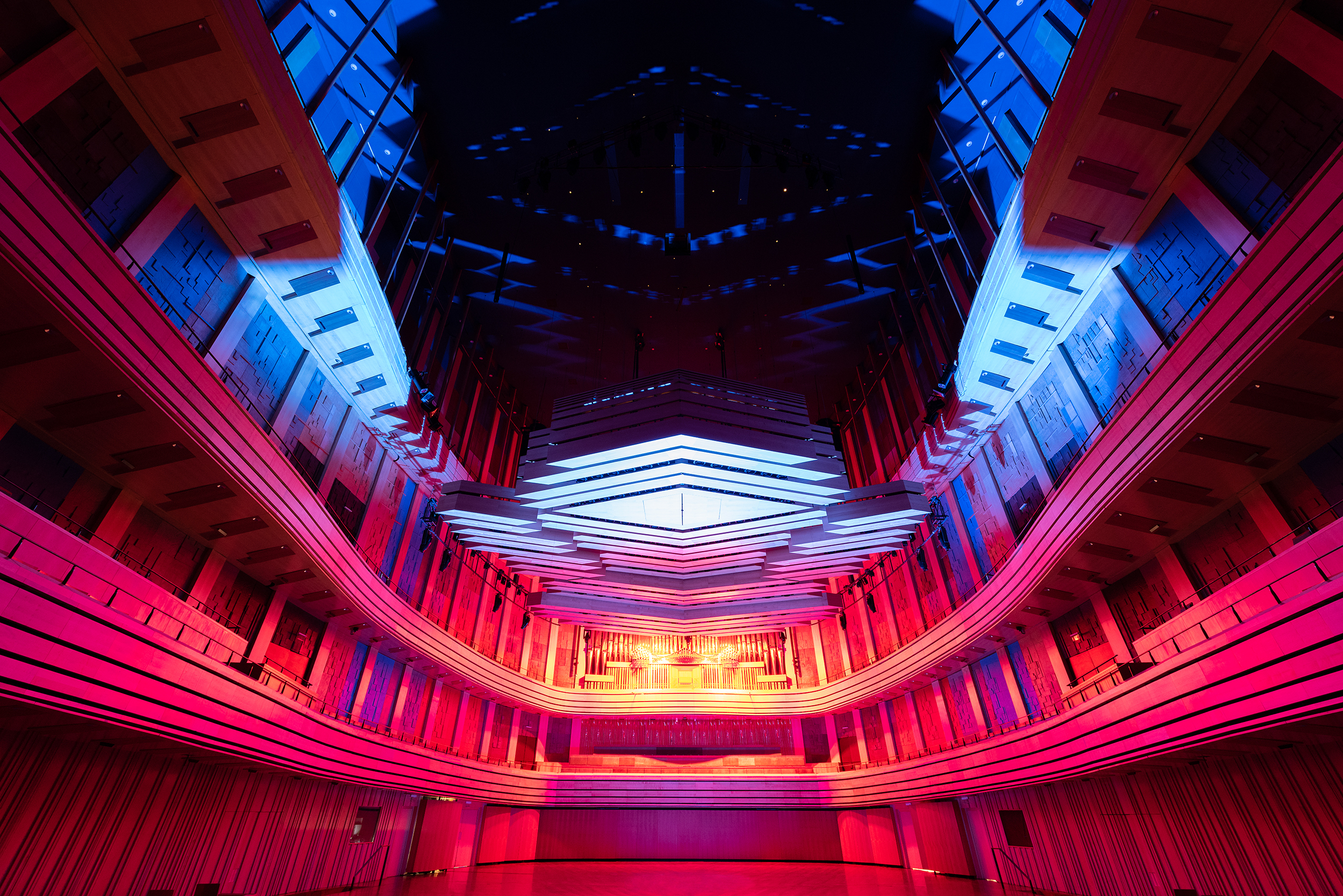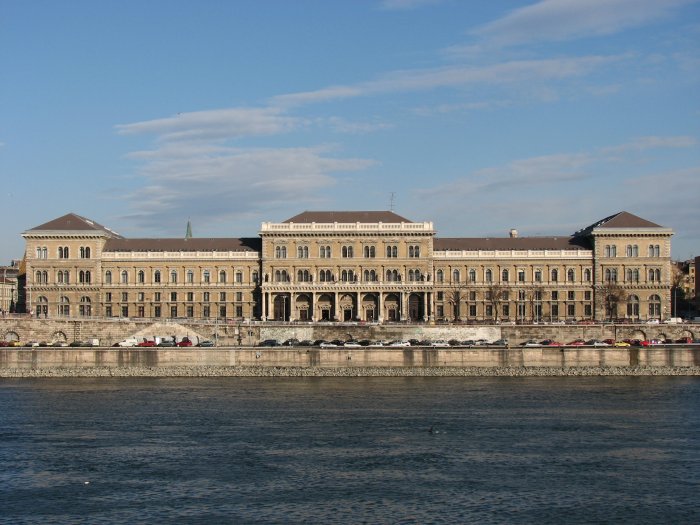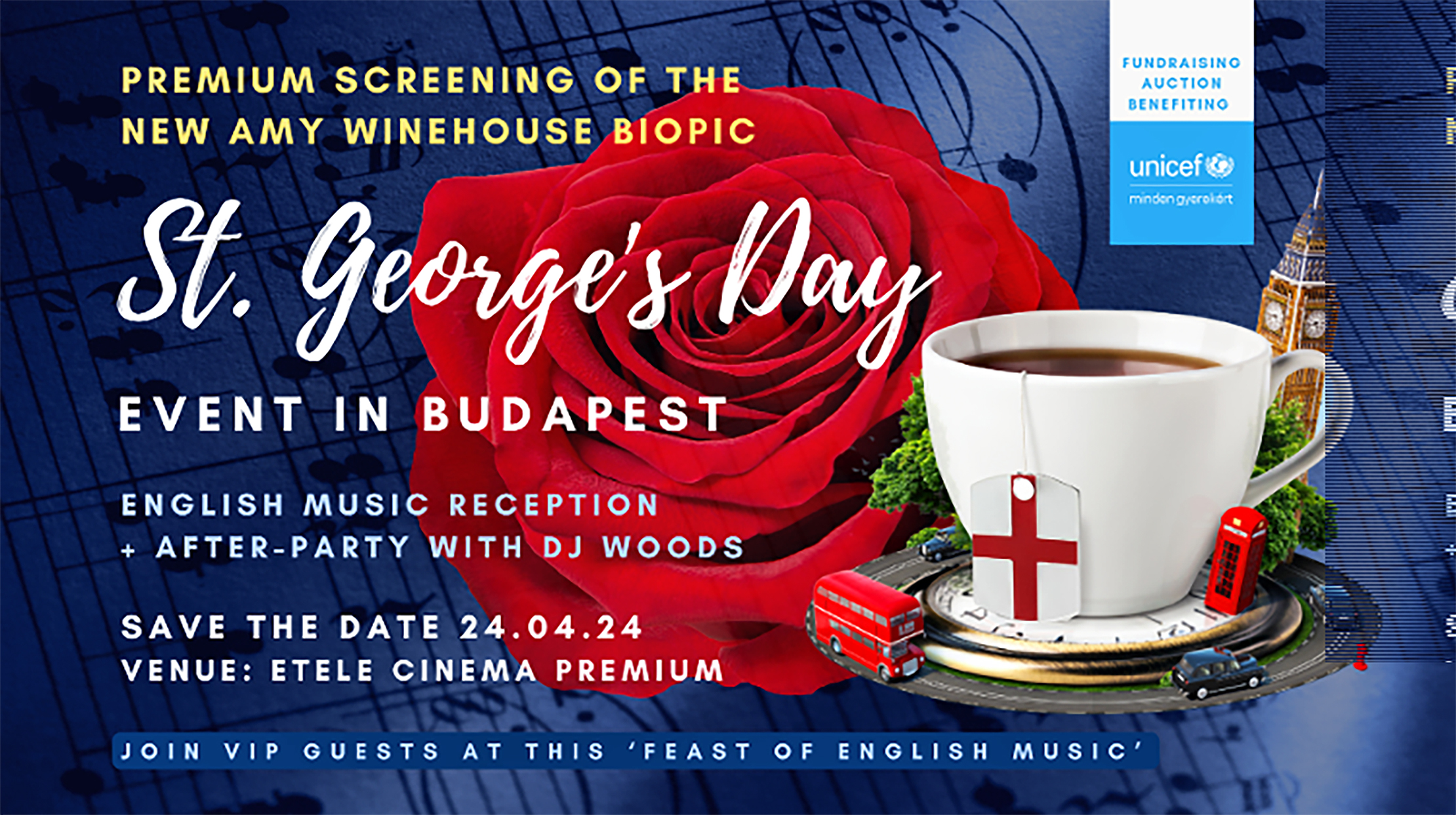Müpa at the Heart of Culture in Budapest

Photo by Tamás Réthey-Prikkel / Müpa
Idly looking around online for things of a cultural bent to do in the capital, I landed on the Müpa Budapest website and was struck by how many of the events were sold out, particularly as we’re talking pretty high culture. To find out why, I arranged to interview Janina Szomolányi, director of festival operations at what was once called the Palace of Arts.
Come the appointed day, I hopped on the number two tram that runs along the Danube, offering terrific views of the monumental buildings on the Buda side, and stops just outside Müpa. Arriving at the impressive waterfront building, I could see why it’s regarded as one of Hungary’s best-known cultural institutions.
Opened in 2005, Müpa Budapest proudly claims, “As a conglomeration of cultural venues, the building has no precedent in 20th-century Hungarian architecture and has no peers in the whole of Central Europe.”
Its builders wanted to create a new European “cultural citadel” as part of the Millennium City Center Complex on the UNESCO World Heritage-listed Danube waterfront. Their ambition was rewarded when, in 2006, the building won the FIABCI Prix d’Excellence in 2006 and the FIABCI audience award in 2007.
The building has two main performance halls (the Béla Bartók National Concert Hall, with a 1,650-seat auditorium, and the Festival Theater, with a capacity of 450-seats) and is also home to the Ludwig Museum of contemporary art. Müpa can host performances in any genre at nearly any scale. The pipe organ in the Béla Bartók National Concert Hall is the largest concert hall instrument of its type in mainland Europe.
From the beginning, Müpa’s brief was to offer classical, contemporary, popular, and world music as well as jazz and opera. It also presents contemporary circus, dance, literature, film, and children’s programs.
Its role is to “introduce new artistic trends and directions – while respecting Hungarian and European artistic traditions – and to relay them in a clearly understandable way that creates rich and rewarding experiences to be enjoyed by both the connoisseur and the person on the street.”
Festival Highlights
Its program highlights include the Early Music Festival, running now, the Bartók Spring International Arts Weeks, starting on March 31, Budapest Wagner Days in June, and the Liszt Fest International Cultural Festival, which happens in October.
The Bartók and Liszt festivals are Szomolányi’s babies. A Budapest native, she began her career with a cultural company founded by the Budapest city government and cut her teeth working on the city’s spring and fall festivals which Müpa’s Bartók and Liszt festivals superseded.
“These two festivals are important to the city for a few reasons,” Szomolányi tells me. “They make it possible for other cultural venues in Budapest besides Müpa, such as the Liszt Academy or the House of Music, to bring world-famous stars on their stages. They also enable Hungarian artists to perform with other international artists and orchestras. For example, Hungarian classical violinist Kristóf Baráti is playing as a soloist with the Philharmonia Orchestra at the closing event of this year’s Bartók Spring Festival,” she explains.
“With the Bartók Spring Festival, it’s also important to remember that it’s not just about classical music. The festival covers world music, jazz, pop, visual arts, and dance performed by Hungarian and international artists,” Szomolányi says.
“We also offer free citywide events that create a nice vibe in the city. This year, as part of Bartók Spring, there will be an open-air stage at Erzsébet tér (Elizabeth Square), near Szent István-bazilika (St. Stephen’s Basilica) in the center of the city, which will be more dancing and fun-oriented. The festivals are also valuable when it comes to international tourism. Before COVID-19, around 20% of visitors to the festivals were foreigners. Now, of course, we have to start all over again,” the director adds.
On the Müpa website, you can buy t-shirts that reproduce a New York Times quote: “No tickets for Bayreuth? Budapest has a Wagner Festival, too.” This, not too subtly, promotes the fact that Müpa’s Wagner Days are second only to the acknowledged mecca for devotees of the towering German composer.
Why Wagner?
When I asked why Wagner, Szomolányi explained that the Budapest Wagner Days were the brainchild of Hungarian conductor Ádám Fischer, “who realized, when Müpa’s concert hall was planned, that this would be an acoustically perfect setting to perform Wagner operas, staged and semi-staged.”
Fischer was clearly correct. On its website, Müpa includes this quote from a nameless bowled-over critic: “Not all Wagner performances may have the power to change people, not all of them may leave a persistent effect on the human soul, but the Wagner Days directed by Ádám Fischer do have this power.”
This year’s Wagner Days will run from June 15 to 18. Of the performances, there are currently only tickets available for the performance of “Siegfried.”
Apart from the Met HD Live program that offers New York Metropolitan Opera productions on film and this year includes seven new shows, Müpa also has a hugely popular Film Club.
A recent Film Club program focused on the work of Italian director Federico Fellini. Beginning on February 27, the Film Club will explore the strange and dark world of New German Cinema from the early 1970s to the late ’80s. It includes classic movies “The Enigma of Kaspar Hauser” and “The Tin Drum.” Tickets are currently still available for most of the films.
There’s no doubt, then, that Müpa offers a rich and varied set of cultural programs and events. But it has to be said that it’s located in a part of Budapest that’s not exactly brimful with restaurants and bars to patronize before or after a night at the opera, the movies, or whatever.
Fortunately, Müpa has the P’Art Café and Bistro and Boheme Restaurant, and, as Szomolányi reminds me, you’re still only 15 minutes away from Budapest city center.
Find out more and book tickets at www.mupa.hu
This article was first published in the Budapest Business Journal print issue of February 24, 2023.
SUPPORT THE BUDAPEST BUSINESS JOURNAL
Producing journalism that is worthy of the name is a costly business. For 27 years, the publishers, editors and reporters of the Budapest Business Journal have striven to bring you business news that works, information that you can trust, that is factual, accurate and presented without fear or favor.
Newspaper organizations across the globe have struggled to find a business model that allows them to continue to excel, without compromising their ability to perform. Most recently, some have experimented with the idea of involving their most important stakeholders, their readers.
We would like to offer that same opportunity to our readers. We would like to invite you to help us deliver the quality business journalism you require. Hit our Support the BBJ button and you can choose the how much and how often you send us your contributions.







